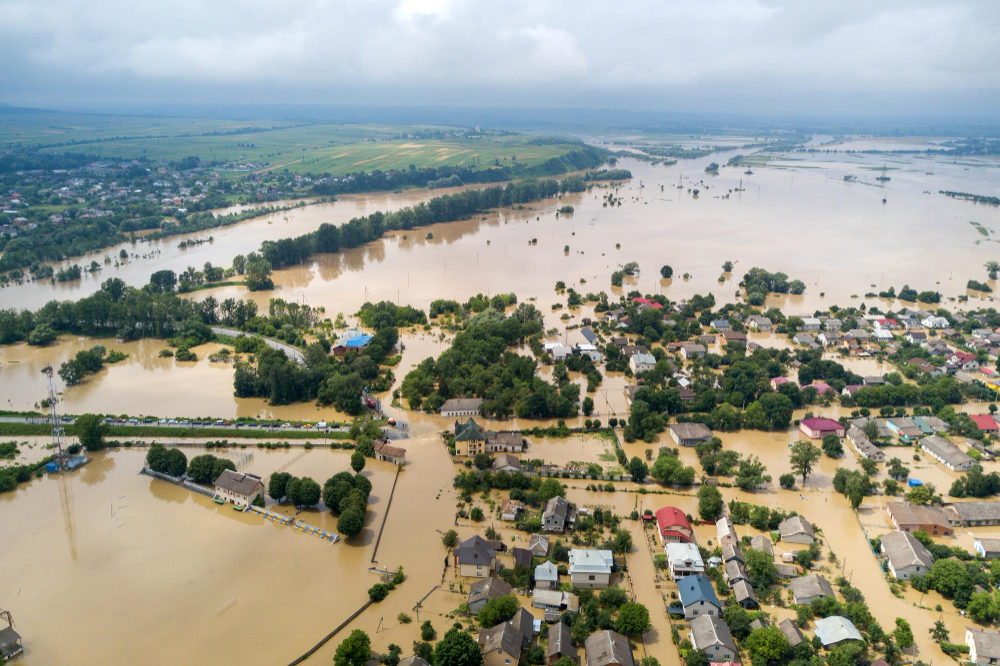Flood Death Toll in Germany Increases as Several Remain Missing
Five Confirmed Dead in Southern Germany Floods, Several Missing
The death toll from the ongoing floods in southern Germany has risen to five, with emergency services continuing cleanup operations and searching for missing residents.
Confirmed Fatalities and Rescue Efforts
The floods have claimed five lives in the states of Baden-Württemberg and Bavaria, displacing thousands of residents. In the Schorndorf area near Stuttgart, two individuals were found dead in a flooded basement, prompting authorities to warn against the dangers of basements during floods. In addition, two firefighters involved in rescue operations also lost their lives.
Rescue operations are ongoing, with police recently rescuing a woman in Neu-Ulm who had climbed a tree to escape the floods and remained trapped for 52 hours. Her rescue was facilitated by a helicopter and drone.
Impact and Government Response
Heavy rains moving northeast from the Alps caused severe flooding in Baden-Württemberg and Bavaria over the weekend, with moderate flooding also affecting Thuringia, Saxony, Saxony-Anhalt, Hesse, and North Rhine-Westphalia. The situation remains critical near the Danube River, and further increases in the death toll are anticipated.
In response, the Bavarian government has announced a 100-million-euro aid package for those affected by the floods. Impacted households can receive up to 5,000 euros for household belongings and 10,000 euros for oil damage.
Climate Change and Future Projections
Climate experts in Germany are warning that flooding will likely become more severe due to climate change. Johannes Quaas, a meteorologist at Leipzig University, noted that while floods may not become more frequent, their intensity is increasing.
Germany is working on a nationwide climate adaptation law, which requires the government to present strategies by September 30, 2025, to protect urban and rural areas from extreme weather events. However, Quaas emphasized that these measures alone will not be sufficient without achieving net zero CO2 emissions by 2045.

